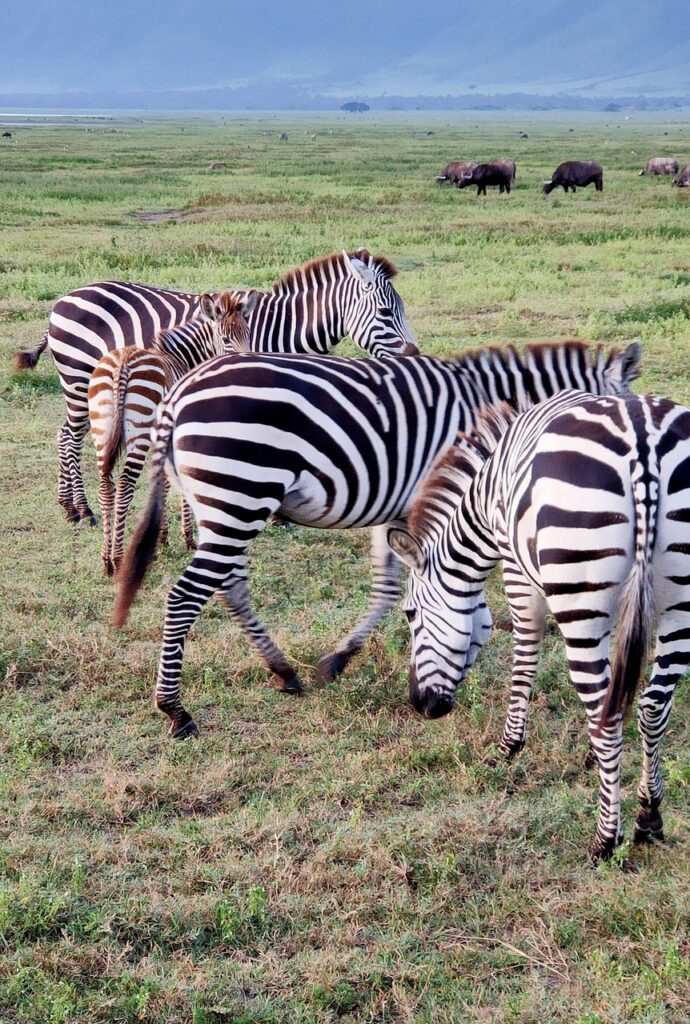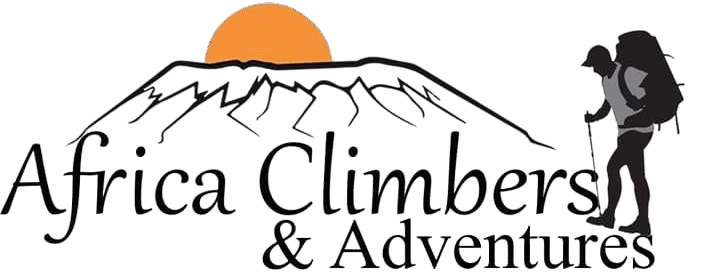6 Days Kilimanjaro Umbwe Route Overview
The Umbwe Route is the most challenging yet spectacular path to the summit of Mount Kilimanjaro. Known for its steep and direct ascent, this route is ideal for experienced hikers or those seeking a physically demanding trek with fewer crowds. The 6 Days Umbwe Route takes you through dense rainforest, rugged ridgelines, and alpine zones, eventually joining the Machame Route at Barranco Camp.
Due to its steepness, the route has limited time for acclimatization, which makes it suitable only for those in excellent physical condition. However, the trail rewards climbers with unmatched solitude and incredible views of the Southern Glaciers. If you’re an adventurous hiker with prior trekking experience, Umbwe offers one of Kilimanjaro’s most dramatic and memorable ascents.
Tour Highlights
One of Kilimanjaro’s most challenging and scenic routes
Steep, quiet trail through pristine rainforest and ridgelines
Fewer climbers, offering a peaceful trekking experience
Spectacular views of the Southern Icefields and valleys
Converges with the Machame Route at Barranco Camp
Reaches the summit via Barafu and descends via Mweka Route
Best suited for experienced trekkers with good fitness
✅ 6 Days Kilimanjaro Umbwe Route – Day-by-Day Itinerary
Day 1: Umbwe Gate (1,800m) – Umbwe Cave Camp (2,850m)
After breakfast and a briefing, you’ll drive to Umbwe Gate. Registration is followed by the start of your trek through dense rainforest, where the trail is steep and narrow. It ascends quickly, following a forested ridge.
Hiking Time: 5–6 hours
Habitat: Montane forest
Meals: Lunch & Dinner
Overnight: Umbwe Cave Camp
Day 2: Umbwe Cave Camp – Barranco Camp (3,950m)
You leave the forest zone and enter the heath and moorland, following a steep trail along ridgelines. The scenery becomes more dramatic as you climb higher. You’ll eventually reach Barranco Camp, where the route merges with the Machame trail.
Hiking Time: 4–5 hours
Habitat: Moorland
Meals: Breakfast, Lunch & Dinner
Overnight: Barranco Camp
Day 3: Barranco Camp – Karanga Camp (3,995m)
Today involves a short but challenging climb up the famous Barranco Wall, offering thrilling views. Afterward, the trail undulates through glacial valleys until you reach Karanga Camp.
Hiking Time: 4–5 hours
Habitat: Alpine desert
Meals: Breakfast, Lunch & Dinner
Overnight: Karanga Camp
Day 4: Karanga Camp – Barafu Camp (4,673m)
A short but steady climb brings you to Barafu Camp, the base camp for your summit attempt. You’ll rest early in preparation for the midnight push to the summit.
Hiking Time: 3–4 hours
Habitat: Alpine desert
Meals: Breakfast, Lunch & Dinner
Overnight: Barafu Camp
Day 5: Barafu Camp – Uhuru Peak (5,895m) – Mweka Camp (3,100m)
At midnight, begin your summit attempt under the stars. The path is steep, rocky, and cold, but incredibly rewarding. You’ll reach Stella Point at sunrise, then push on to Uhuru Peak, the highest point in Africa. After taking photos at the summit, descend to Mweka Camp for overnight rest.
Hiking Time: 12–14 hours total
Habitat: Arctic to forest zone
Meals: Breakfast, Lunch & Dinner
Overnight: Mweka Camp
Day 6: Mweka Camp – Mweka Gate (1,640m) – Arusha/Moshi
A final descent through rainforest brings you to Mweka Gate, where you’ll receive your summit certificate. Your driver will meet you and transfer you back to Moshi or Arusha for rest or onward travel.
Hiking Time: 3–4 hours
Habitat: Rainforest
Meals: Breakfast
What’s Included
All park entry, camping, and rescue fees
Professional mountain guides, cook, and porters
Tents, sleeping mats, and mess equipment
All meals and drinking water during the trek
Airport transfers (on request)
Transport to/from the trailhead
Pulse oximeter and first aid kit
Certificate of achievement
What to Bring
Hiking boots and warm clothing
Sleeping bag (can be rented)
Headlamp and extra batteries
Sunscreen, sunglasses, lip balm
Personal snacks and toiletries
Backpack and rain gear
Trekking poles (recommended)
Best Time to Climb
The best seasons for climbing are January to mid-March and June to October, when the weather is clearer and drier.
Short Important Information
Acclimatization is Key
Altitude sickness is the biggest challenge on Kilimanjaro. Our itineraries are designed to help your body adjust gradually with the “pole pole” (go slow) approach. Longer routes have higher summit success rates.Proper Gear is a Must
The weather can change quickly, from hot to freezing cold. Pack layered clothing, waterproof gear, thermal sleeping bags, and quality hiking boots. A complete packing list will be provided after booking.Physical Fitness Helps
You don’t need to be an athlete, but good physical preparation is essential. We recommend cardio exercises and long walks or hikes before your trip. Mental strength is just as important as physical fitness.Weather Conditions
Expect a variety of climates as you climb—starting from tropical forests to arctic zones near the summit. Nights can be extremely cold, especially above 4,000 meters. Always be prepared for rain and wind.Guides and Porters Included
All our packages include experienced guides, porters, and a cook for your comfort and safety. They’ll carry your heavy bags and set up camp or arrange hut stays. Tips for the crew are highly appreciated and customary.Medical and Safety Measures
Our team carries a first aid kit, pulse oximeters, and oxygen cylinders for emergencies. Your health is monitored daily during the trek. In case of severe altitude sickness, emergency descent will be arranged.Park Fees and Permits Covered
All government park fees, rescue fees, camping or hut charges are included in your package. No hidden costs. Your climb is fully authorized and compliant with Kilimanjaro National Park regulations.
Frequently Asked Questions (FAQs)
Is the Umbwe Route difficult?
Yes, it is one of the most physically demanding Kilimanjaro routes due to its steepness and shorter acclimatization period.Is the Umbwe Route recommended for beginners?
No. It’s better suited for experienced hikers or those in excellent physical shape.Do I need technical climbing gear?
No technical gear is needed, but you must be well-prepared with proper trekking gear.Can I rent trekking equipment locally?
Yes. You can rent items like sleeping bags, jackets, and poles from local outfitters or your tour operator.Are there toilets on the trail?
Basic toilets exist at campsites. Portable private toilets are available at extra cost.How much do porters carry?
Porters carry up to 20kg of your luggage. You only carry a small daypack.What happens in case of altitude sickness?
Guides monitor your health daily. If symptoms are severe, descent and evacuation protocols are initiated.
REQUEST FREE QUOTE
Our Whatsapp chat available 24/7

Price Includeds
Park entry fees and government taxes
Private 4×4 safari vehicle with a pop-up roof
Professional English-speaking driver-guide
Full-board accommodation during the safari
Bottled drinking water during game drives
Airport transfers (arrival and departure)
Price Excludeds
International and domestic flights
Travel insurance and visa fees
Tips for the guide and lodge staff
Alcoholic and soft drinks at lodges
Personal expenses (e.g. souvenirs, laundry)
Optional activities (e.g. balloon safari, Maasai village visit)
